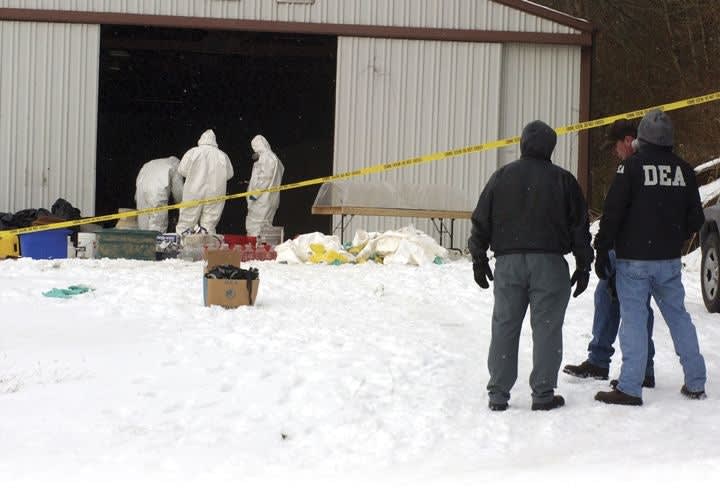The Laboratory
Few local police agencies have more experience dealing with the feds than the New York City Police Department. Because New York is home to the United Nations and numerous federal agencies are at work in the Big Apple, NYPD officers from almost every rank have had some kind of interaction with federal agents. This makes New York kind of a laboratory of interagency cooperation experiments.
NYPD Assistant Chief Jack McManus has a lot of experience working with feds of all stripes. He was the coordinator of the Republican National Convention, which took over the city late last month and brought numerous dignitaries to town, including the president.
Because New York City has a constant relationship with the federal agencies, McManus believes his task of coordinating the operations of law enforcement at the convention was a little easier than it would be for a cop in another town. But it was still a colossal undertaking involving NYPD officers, FBI agents, Secret Service agents, the U.S. Attorney's office, the FAA, the Department of Defense, the U.S. Coast Guard, the Environmental Protection Agency, the Department of Homeland Security, the Department of Energy, the U.S. Capitol Police, and others.
To make the job easier, the NYPD and the Secret Service partnered up and chaired 18 federal subcommittees. Committees included dignitary VIP protection, venue security, air space security, civil disturbance control, prison processing, consequence management, credentialing, crisis management, hazardous materials response, contingency planning, interagency communication, intelligence counterterrorism, legal, public affairs, and training. An executive steering committee that oversaw all these committees was chaired by McManus and the lead Secret Service agent.












